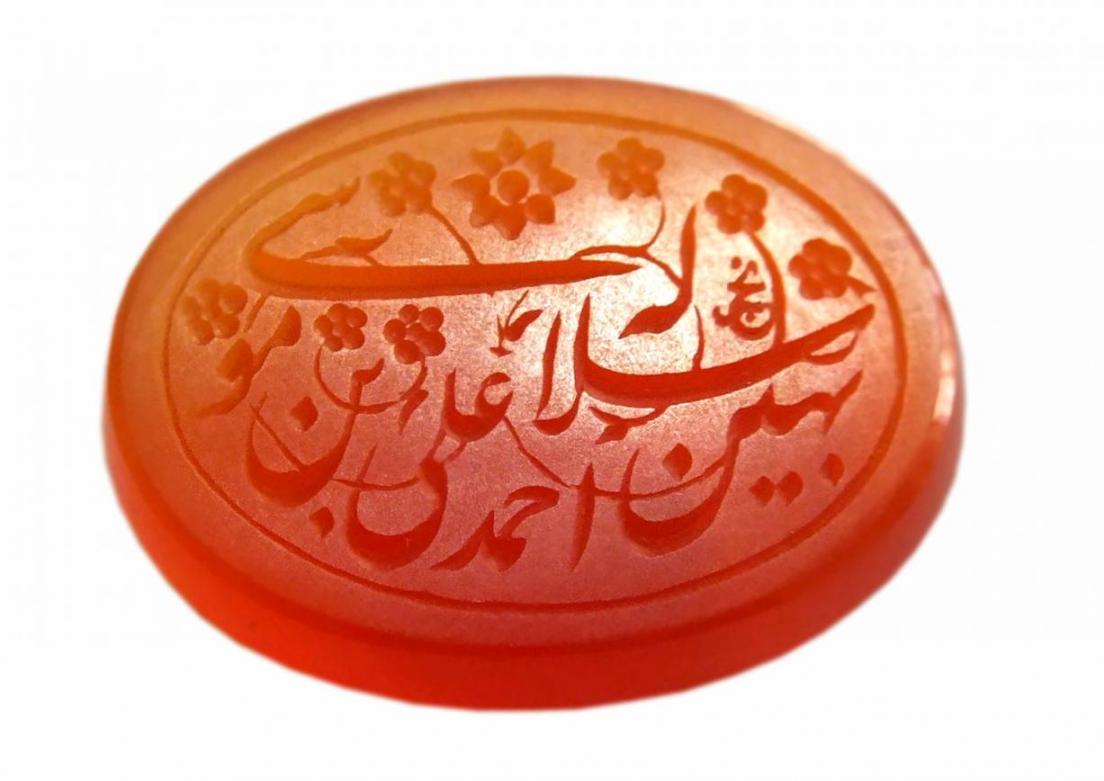The Iranian Academy of Arts hosted a ceremony to register the ‘art of sealing and engraving’, as an intangible heritage, on the national heritage list.
The ‘Encyclopedia of Seal and Engraving in Iran’ in 863 pages, was also inaugurated at the function, Tasnim news agency reported.
The art of sealing in Iran has over 6,000 years of history. “The printing industry also owes much to the sealing technique,” said Mohammad-Javad Jeddi, author of the encyclopedia.
Seal carving, also seal cutting, or ‘zhuanke’ in Chinese, is a traditional form of art that originated in China, and later spread to East Asia. It refers to cutting a pattern into the bottom face of the seal (the active surface, used for stamping), rather than the sides or top. The process is more loosely referred to as seal engraving.
In the past, engraving was a method for people to “eternalize themselves and their works and to preserve something for the future,” said Dr. Mohammad Rajabi, head of the Library, Museum and Document Center of Iran Parliament. He pointed to the existence of valuable inscriptions in Iran and the most prominent of them, Bistun inscription, belonging to the 6th century BC, as the largest inscription in the world.
“Seals also showed the class of people in various eras; some even had seals on their rings,” he noted.
Rajabi called for more studies to be done in the art of sealing and engraving in the country, and suggested establishing a museum “to centralize a huge amount of sealing materials in one place.”


